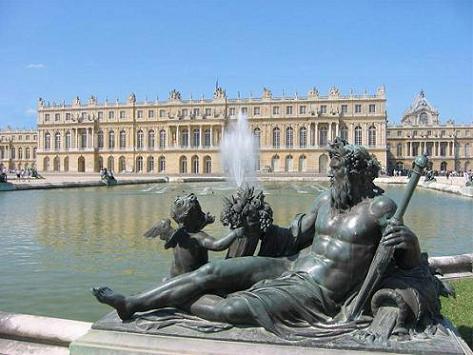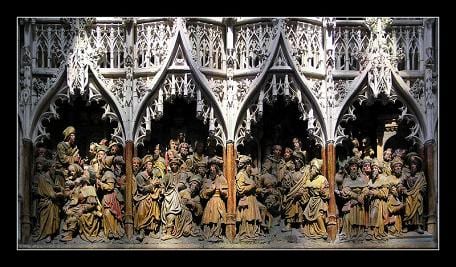La portuguese sculpture it has also grown in importance in the last 500 years. During the first part of the 16th century, the main Renaissance sculptors in Portugal were French immigrant masters, working mainly in marble and alabaster.
The most famous 18th century sculptor in the Portuguese language is Joaquim Machado of Castro (1831/22), who came from Coimbra, where he is named director of the city museum after him.
He was trained by José de Almeida and worked under the Italian sculptor Alessandri Giusti (1715-1799), who created a school in Mafra. Machado de Castro's reputation is based on his splendid bronze statue of Don José, with corresponding figures, which executed by the Praça do Comércio in Lisbon.
Worthy examples of neo-classical Portuguese sculpture can be seen in the royal palaces in Queluz y Help, on the outskirts of the capital. It should be noted that the Ajuda Palace was the main Portuguese artistic, architectural and decorative activity center in the first quarter of the 19th century.
Carved woodwork, mainly inside the church, was one of the most popular and widespread of all forms of artistic expression throughout the Iberian Peninsula from the 15th to the end of the 18th century.
And Gothic woodcarving is well represented in Coimbra's Sé Velha cathedral, while the reliquary chapel in the Alcabaça monastery exemplifies the early Baroque style.

